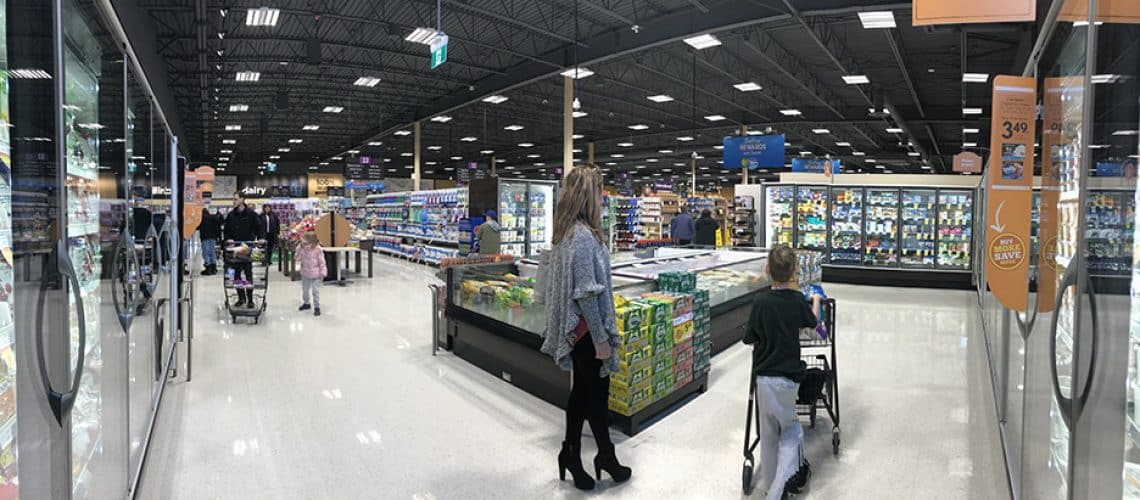Changes in Consumer Buying Behavior in the Thick of Inflation

The ongoing conflict in Ukraine and the recent calamities happening overseas have hampered the global wheat supply and disrupted food production for meat and poultry. These recent unfortunate events have driven prices to go up and have alarmed food retailers, most especially grocery shoppers worldwide.
In the country, almost every aspect of the grocery supply chain has been disturbed causing rising costs in production and manufacturing, resulting in rising food prices on store shelves. As grocery inflation reached its highest since 1979, this pushed American grocery shoppers across demographics to get creative and economical.
What grocery shoppers are buying right now in the thick of inflation and how do the rising prices deeply affect their purchasing behavior? Let’s take a closer look.
Changes in Buying Patterns
As food prices continue to rise, changes in consumer buying behavior become more noticeable. To combat food inflation, consumers are taking fewer trips to their local grocery stores and buying less than in the previous months. Consumers have also become more price aware opting for cheaper options, visiting discount stores, and buying generic foods instead of their favorite branded food items. In addition to that, inflation has pushed shoppers to stick only to their grocery lists and minimize impulse shopping.
Choosing Canned and Frozen Over Fresh
Consumers are deeply challenged to shrink their grocery baskets and cut food costs. This results in some shoppers opting for canned and frozen food products over fresh food. Since processed food items are priced significantly lower than fresh foods and have longer shelf lives, shoppers are inclined to purchase these foods to work around their budget. According to IRI and 210 Analytics, the center store items did well in dollar gains and the overall frozen food department saw sales boost in June 2022.
Comparing Prices and Choosing Alternatives
One of the most prominent shifts in consumer buying behavior throughout this inflationary period is that shoppers are eagerly comparing prices among brands to maximize their dollars. Grocery shoppers are choosing generic brands, usually, private labels, over branded items since these private label brands are cheaper. This behavior, in turn, gives grocers a bright opportunity to penetrate and gain significant market share with their private brands.
These inflationary times are understandably difficult for everyone. It is said that inflation isn’t expected to die down anytime soon causing consumers to tighten their belts more to survive the next challenging chapters ahead. As for food retailers, grocery inflation, when looked at from a different angle, can be turned into an opportunity to impact consumers, redefine operations and successfully gain market share, if correct inflation strategies and business decisions are applied.